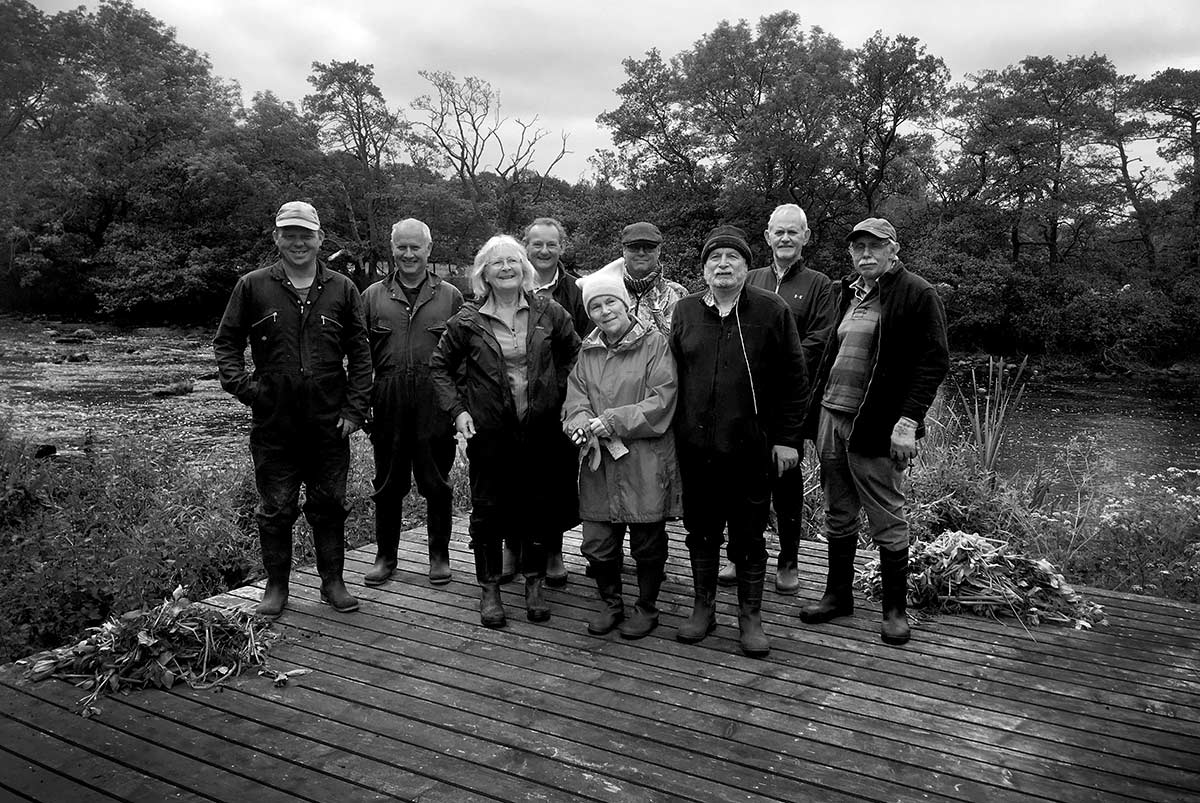
The Tyne Invasive Non-Native Species project aims to eradicate invading plants through brushcutters and volunteer power
The Tyne catchment is becoming increasingly threatened by species such as Himalayan balsam, giant hogweed, and Japanese knotweed. These species often take over riverbanks, outcompeting other native species and therefore reducing the biodiversity in the area. Plants like Himalayan balsam can also worsen erosion as the plant dies back in winter, leaving a bare and weak riverbank. Giant hogweed is also a human health risk as its sap can cause major burns and scars. These are just a few reason why theTyne Invasive Non Native Species (TINNS) project is so important.
Volunteer coordinator Jenny Elliot at the Tyne Rivers Trust explains a little about why a structured focusisso important."A catchment wide approach, and ideally regional, is vital to eradication. Seeds are dispersed downstream by river systems so a top seed approach is the best way to control the spread. We have identified these sources and have been working high up the catchment to tackle invasive species."
So earlier in 2019the Alpkit Foundation was keen to help put some support towards the costs of essential equipment, particualrly a brushcutter to tackle larger areas that otherwise would be impossible. They have now secured the equipmentand theproject will kick off next year at the start of the balsam season, so plenty of time to get involved and volunteer in the conservation efforts. The work of the projects like this is a great way to encourage communities to get involved in conservation by providing varied meaningful and efficient tasks to improve skills and knowledge whilst protecting the important river systems within the Tyne catchment.


There are other ways to help, as Jenny explains. "Eyes on the riverbank is essential for success. New areas are often becoming covered in invasive species and we need to know the locations of these in order to tackle the species effectively. Any awareness about recording invasive species would be a huge help for the project. This is where our volunteerAdopt a Stream project comes in. We have an app called ‘My Tyne’ where people can sign up and record what they see in and around rivers, including invasive species. Alternatively people can email us to let us know."
We'll hope to get some good updates on how the projects getting on over the summer of 2020.